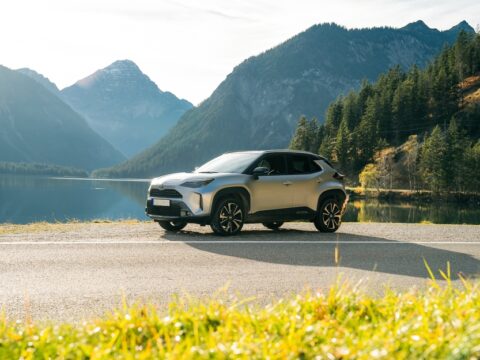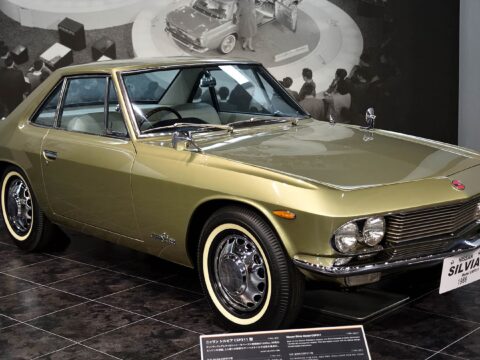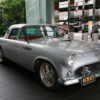Aircraft carriers have long been a symbol of naval supremacy, allowing nations to project military power across vast oceans and far-reaching territories. These massive floating airbases serve as a critical tool for conducting air operations, enforcing maritime security, and supporting ground forces in conflicts around the world. Whether patrolling contested waters or providing humanitarian assistance, aircraft carriers give nations the ability to extend their influence beyond their borders and maintain strategic control over key global regions.
From the USS Nimitz to the Liaoning, these powerful vessels play a pivotal role in shaping international security and global geopolitics. Each carrier brings unique capabilities, from advanced fighter jets to state-of-the-art defense systems, enabling nations to assert their military presence and respond to emerging threats. In this article, we’ll explore the aircraft carriers that have made a significant impact on global naval operations, highlighting how they’ve shaped the course of modern warfare and reinforced their countries’ positions on the world stage.
Contents
USS Nimitz (United States)
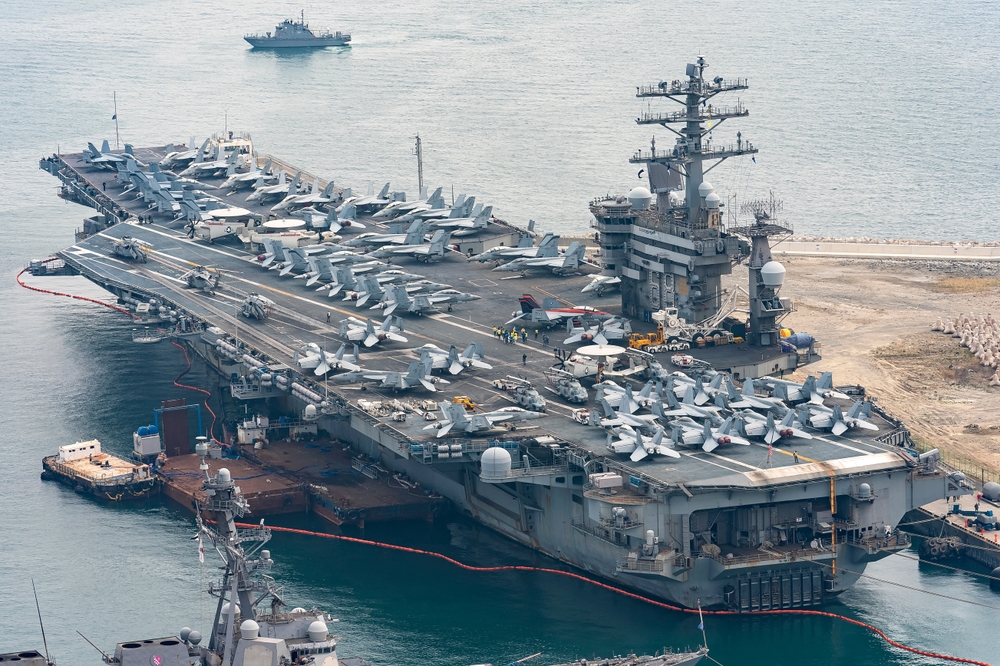
The USS Nimitz is one of the largest and most powerful warships ever constructed. As the lead ship of her class, she is equipped with a nuclear propulsion system that gives her virtually unlimited range, allowing her to remain at sea for extended periods. The Nimitz has been a centerpiece in U.S. naval operations worldwide, participating in conflicts in the Middle East, showing force in the Pacific, and providing humanitarian assistance when needed. Her ability to carry over 60 aircraft, including fighter jets, helicopters, and surveillance drones, makes her a formidable tool for power projection, ensuring U.S. military dominance across the world’s oceans.
Liaoning (China)
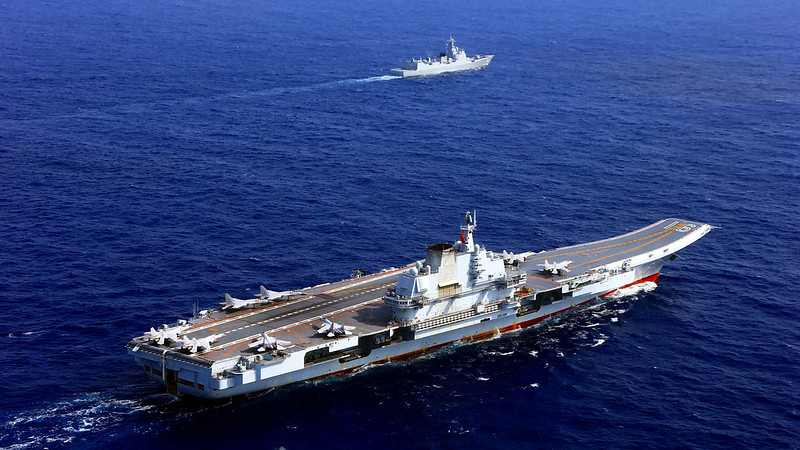
Liaoning is China’s first aircraft carrier, originally built by the Soviet Union and later purchased and refitted by China. It represents a major leap in the country’s naval capabilities. Liaoning serves as a symbol of China’s expanding military power in the Asia-Pacific region, often deployed to the South China Sea and surrounding areas. Its ability to carry various types of aircraft, including the J-15 fighter, gives China a powerful platform for asserting its interests in contested waters. The Liaoning’s operational presence demonstrates China’s strategic intentions to develop a blue-water navy capable of projecting power far beyond its shores.
Admiral Kuznetsov (Russia)
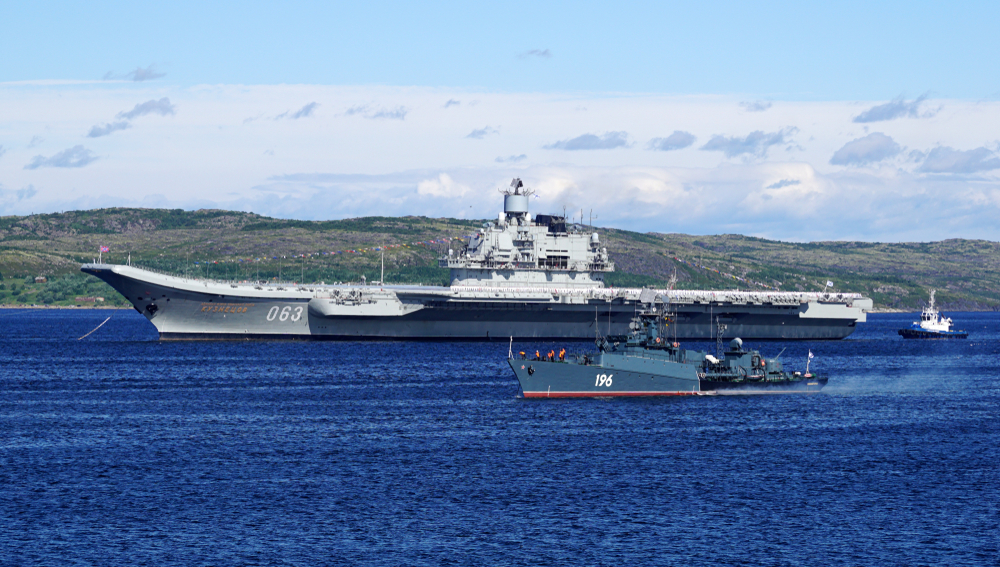
Russia’s only aircraft carrier, Admiral Kuznetsov, plays a critical role in the Russian Navy’s ability to project power. Although plagued by maintenance issues, the Kuznetsov remains a potent symbol of Russia’s naval strength. She has been deployed to key geopolitical regions such as the Mediterranean, supporting Russian operations in Syria. With a mix of Sukhoi Su-33 fighters and Kamov helicopters, the carrier enhances Russia’s ability to provide air support and conduct offensive operations far from its territorial waters. Despite her age, Kuznetsov remains a vital asset in Russia’s bid to exert influence across different regions.
JS Izumo (Japan)
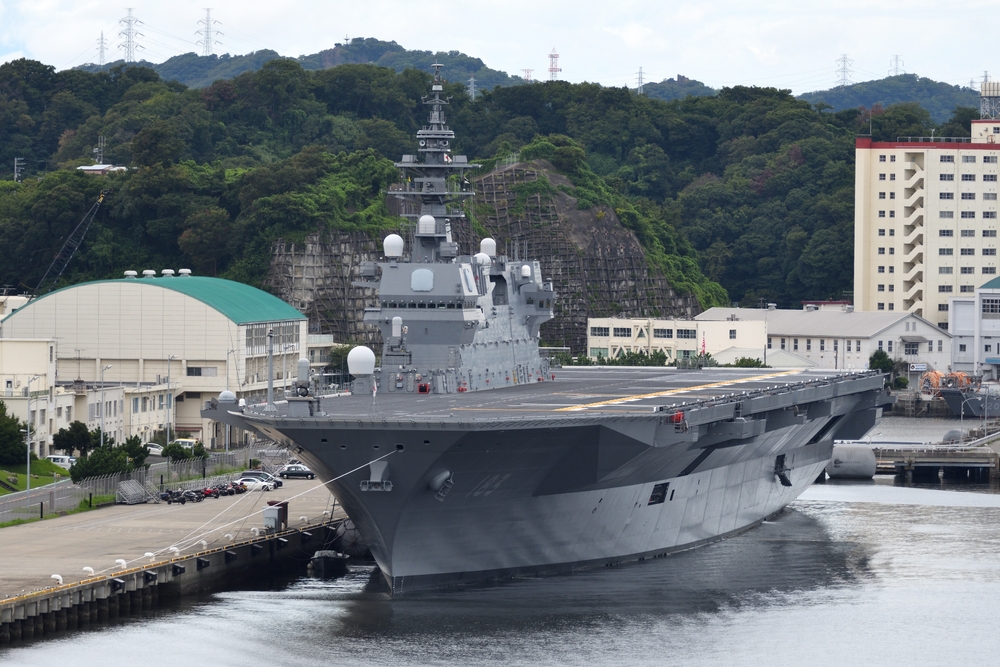
Initially commissioned as a helicopter destroyer, JS Izumo has recently been converted into an aircraft carrier capable of carrying F-35B stealth fighters. This transformation marks a significant shift in Japan’s military posture, reflecting the country’s growing role in regional security. The Izumo plays a crucial role in Japan’s defense strategy, particularly in the East China Sea and Pacific Ocean, where tensions with neighboring countries persist. By expanding its operational capabilities, the Izumo enhances Japan’s ability to conduct air operations and support allied missions, reinforcing Japan’s commitment to maintaining regional stability and deterrence.
Charles de Gaulle (France)
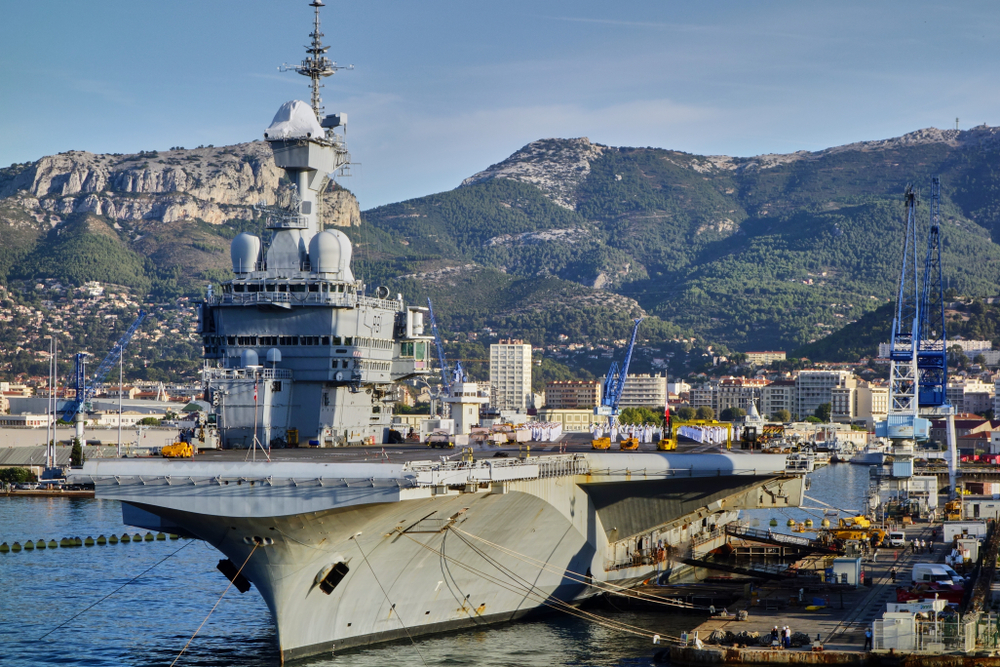
The Charles de Gaulle is the only nuclear-powered aircraft carrier outside of the United States and a cornerstone of French naval power. She has been deployed in various international operations, including in the Middle East against ISIS and support of NATO missions. The carrier can operate Rafale fighter jets, which are crucial for conducting airstrikes and protecting French interests globally. With a long range and the ability to stay at sea for extended periods, Charles de Gaulle allowed France to project its military might in distant regions, from the Mediterranean to the Indian Ocean.
HMS Queen Elizabeth (United Kingdom)
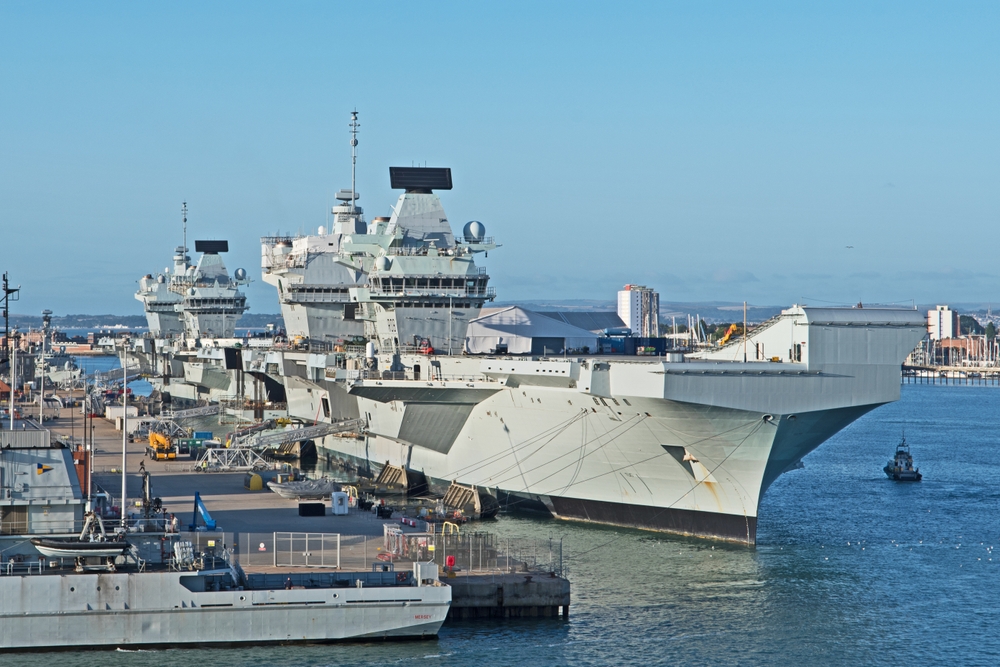
As the flagship of the British Royal Navy, HMS Queen Elizabeth is the largest and most advanced warship ever built by the United Kingdom. She carries the latest generation of F-35B fighter jets and has participated in operations in the Indo-Pacific, Mediterranean, and Arctic. Her state-of-the-art technology and power projection capabilities allow the UK to maintain a prominent naval presence across global hotspots. HMS Queen Elizabeth plays a critical role in joint operations with NATO allies, reinforcing the UK’s ability to operate in international waters and project military power wherever needed.
INS Vikramaditya (India)
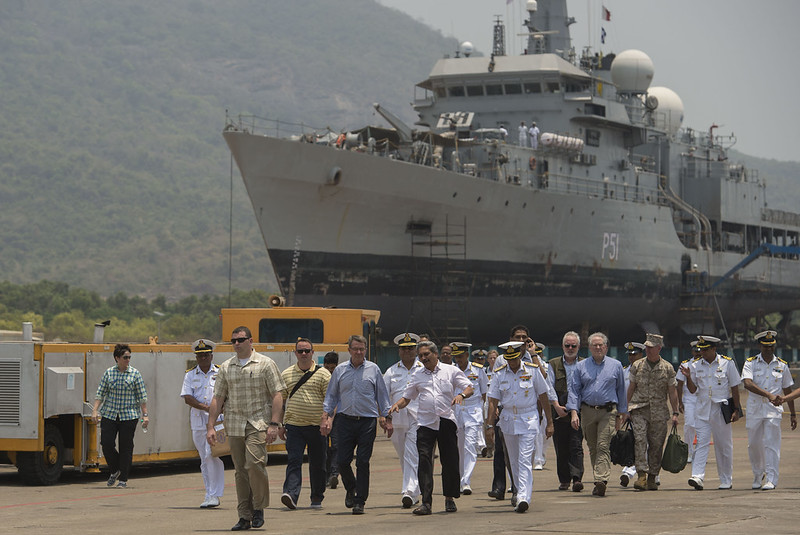
INS Vikramaditya is India’s largest warship and a key component of the Indian Navy’s blue-water ambitions. Purchased from Russia and extensively modernized, the carrier is equipped with MiG-29K fighter jets and a variety of helicopters. Vikramaditya plays a crucial role in ensuring India’s naval dominance in the Indian Ocean, where it is often deployed to counter Chinese influence. The ship’s ability to project power in surrounding regions supports India’s strategic goals, from protecting trade routes to asserting its role as a regional superpower.
Giuseppe Garibaldi (Italy)
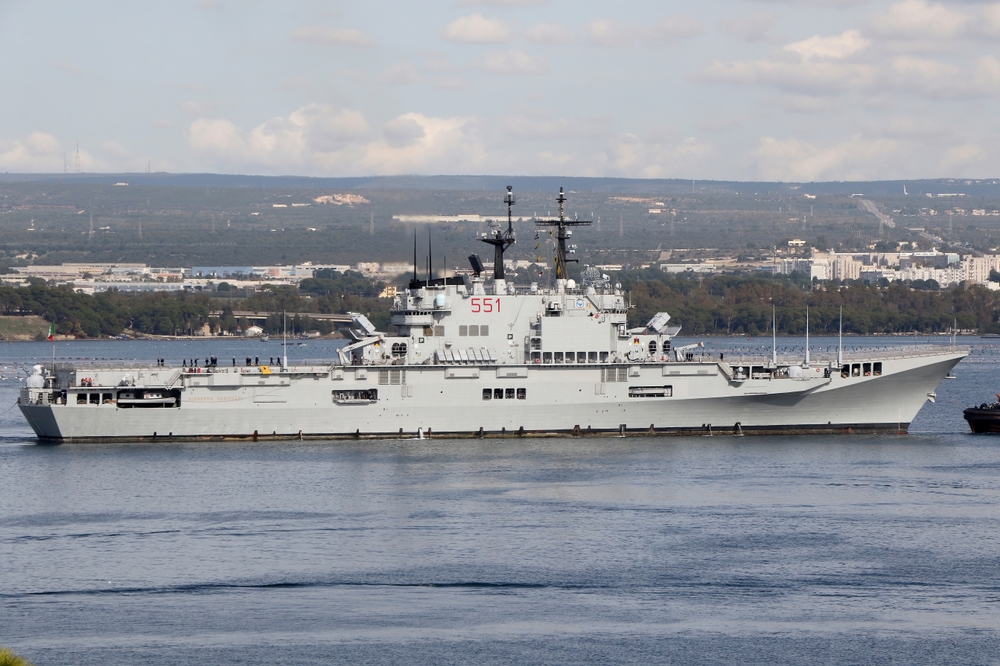
The Giuseppe Garibaldi was Italy’s first aircraft carrier and played a crucial role in naval operations throughout her career. Although primarily designed as a helicopter carrier, she has also been used to deploy Harrier jets. Garibaldi participated in various NATO missions, particularly in the Mediterranean, and provided air support during conflicts in the Balkans and Libya. This carrier represents Italy’s commitment to maintaining a significant naval presence in the Mediterranean and supporting international peacekeeping and combat operations.
Sao Paulo (Brazil)
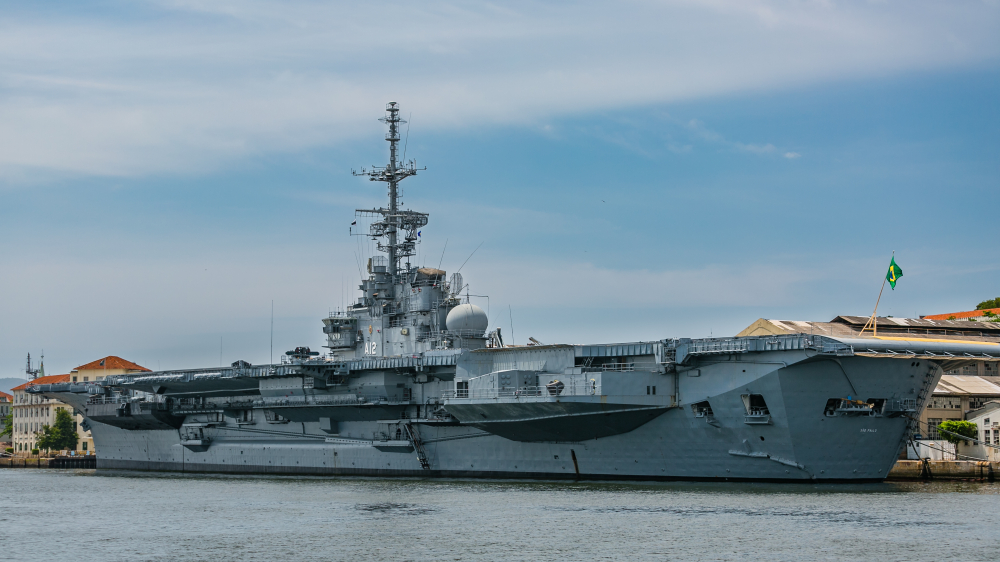
The now-decommissioned São Paulo was Brazil’s flagship and the only aircraft carrier in South America, giving Brazil the ability to project power in the South Atlantic. Purchased from France, where she served as the Foch, the São Paulo allowed Brazil to operate a carrier fleet and extend its maritime reach. During her service, São Paulo played a symbolic role in representing Brazil’s regional influence and ambitions to maintain a strong naval presence in both the Atlantic and South America.
Juan Carlos I (Spain)
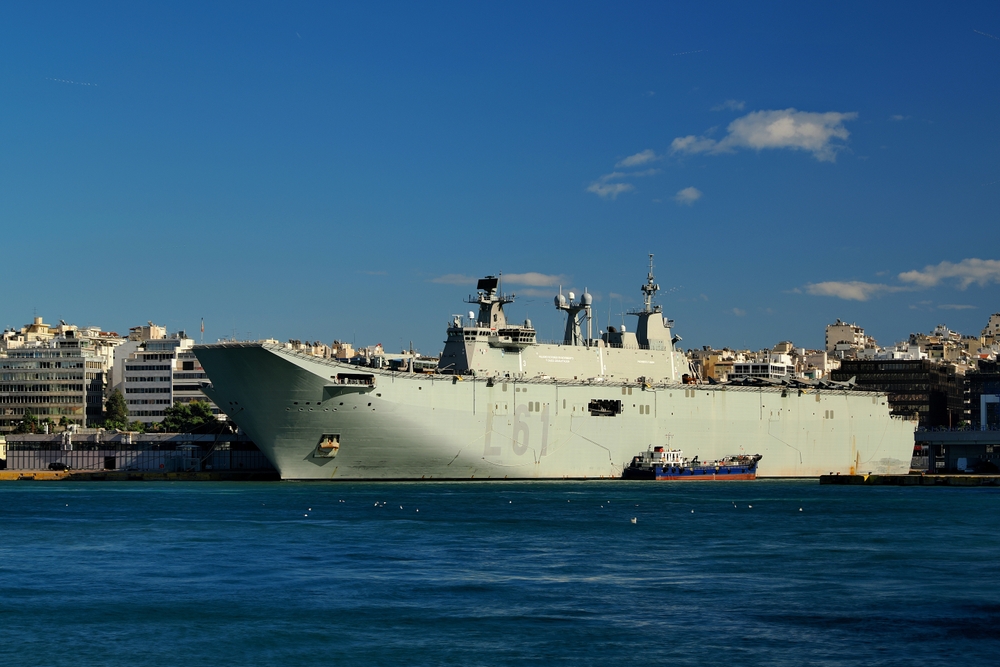
The Juan Carlos I is a versatile vessel that functions both as an aircraft carrier and an amphibious assault ship. Spain’s flagship, it is capable of launching Harrier and F-35B jets and can also transport troops and helicopters for amphibious operations. This dual capability makes Juan Carlos I a flexible tool for Spain’s power projection, particularly in the Mediterranean and surrounding regions. It plays an essential role in international peacekeeping missions and NATO operations, showcasing Spain’s ability to deploy naval forces quickly and effectively.
This article originally appeared on MyCarMakesNoise.
More from MyCarMakesNoise
23 Things You Should Never Keep in Your Garage

Storing items in the garage is a common practice for many homeowners, but not everything belongs in this often unpredictable environment. Temperature fluctuations, moisture, and pests can damage certain belongings or even pose safety hazards. Read More.
21 Cars That Will Keep Running Past 250,000 Miles

Choosing a car that offers both reliability and longevity is crucial for many drivers. They seek vehicles that not only fulfill daily requirements but also have the ability to surpass significant mileage milestones with minimal complications. Read More.
20 Used Cars to Avoid Buying

Buying a used car can be a smart and cost-effective decision, but itâs important to choose wisely to avoid potential headaches down the road. While many used cars offer great value and reliability, some models are notorious for their frequent mechanical issues and high maintenance costs. Read More.


